Some people travel for food. Some people travel for adventure, and some people travel to be scared.
It’s why places like the cemeteries of New Orleans, the catacombs of Paris, or Jack the Ripper tours in London are so popular among travelers. There isn’t a lot written about the haunted Morocco locations, and what you will find is many of the stories are passed on orally. I have put together some of the stories that I have been told or have learned about.
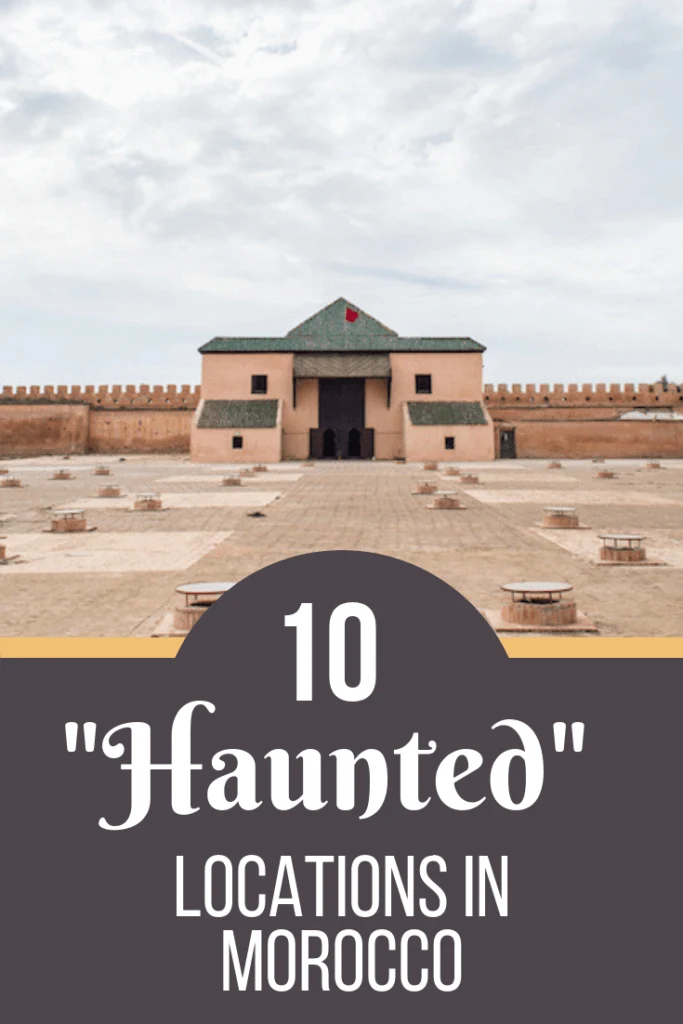
Please don’t take these stories as the gospel truth. As with all things of this nature, there are a lot of variations of the story that are told and passed on. I’m sharing what I’ve been told from friends, family, and my own research but there are certainly many other places and stories out there.
For you travelers who want to possibly experience something a little creepy on your travels this post is for you.
Jinn in Islam and Jinn in Morocco
Before we get into the locations we should get this out of the way. Jinn are a very real and believed phenomenon in Morocco. A jinn is a spirit or supernatural creature. They can be good or bad spirits. People have spoken of jinn from pre-Islamic times and the term was used to refer to all supernatural beings across faith groups (including Christians, Jews and Zoroastrians). Where the belief in jinn originated from is not clear.
Jinn in Islam are believed to be invisible entities created by God out of smoke or smokeless fire and were on Earth before Adam. They are thought to be like humans with the same needs and habits (eating, drinking, having offspring, death etc.) but are also different from humans.
Many Muslims believe that jinn are very real and that jinn can take possession of a person – usually not in a positive way. This is very true in Morocco where there are exorcism rituals to thwart possession. This can be equated to Christian belief in a person being possessed by the devil. Good jinn also exist to help people in their lives. In different sects of Islam there are very different beliefs surrounding jinn and their power or presence.
Witchcraft in Morocco
Throughout the Islamic world, there is a stigma surrounding Morocco and the practice of witchcraft. Shawafas (witches) are consulted for a wide range of issues and can lead to good things or can lay curses upon those who seek them out. One of the reasons they are most commonly consulted is over issues of love and marriage or health. Shawafas use trinkets, incantations, and melted lead poured into water as a few of the means to tell the future or cast spells.
Along with these sorcerers there are many shrines throughout the country that are said to have different powers. One might be to help with infertility, another for finding a spouse. Usually they are visited in combination with performing other ritual acts either alone or with the assistance or direction of a shawafa.
There are many caves and grottos as well as actual buildings that are shrines across Morocco where people leave offerings; anything from lit candles to slaughtered chickens or food for the spirits that inhabit those places to help them with what they desire. Many people also pray to saints to act as intermediaries for these reasons.
It’s worth noting that most, if not all of this goes against the teachings of Islam and it’s one reason other Muslims view witchcraft in Morocco so obscurely. These traditions are a mixture of the religious groups of Morocco coupled with animism and tribal beliefs. Technically these practices are illegal under Moroccan law as sorcery is prohibited. That being said charges are rarely levied against soothsayers and they are truly an integrated part of society.
Aisha Kandisha
The belief in this jinn is so strong that you’re not even supposed to say her name. Yes, it’s true most Moroccans will not say the name out loud. Of all the beliefs and hauntings in Morocco, this is one jinn that every Moroccan knows and to some extent fears. There are so many stories surrounding this legend that I’m hard pressed with where to begin!
She is said to live underwater and while people preform yearly cleansing rituals she appears only to those possessed by a jinn.
She’s incredibly tall (12 feet? 16 feet? more?) with the legs of a camel, or a goat. She might also have the wings of a bat.
She’s a young topless woman … or an old hag.
She appears to men and marries them, only to them possess them and inflict her damage by making them only wear certain colors or cease washing.
You shouldn’t pour boiling water down a drain because it will inflict her wrath (and yes, people do believe this I am constantly being told not to do this).
One thing that every story seems to include is that when she appears it is accompanied by the sound of dragging chains.
Another story is that she was a resistance fighter who helped fight among Moroccan men throughout the wars and takeovers that dot the past. Her tactic was to seduce enemy soldiers one by one and kill them until everyone starting talking about and fearing her and her supposed superpowers. But, she is given some credit for taking back the country.
In Fez on Thursdays people meet at the river that runs through town to perform rituals and sacrifices in her name. Now that you’ve gotten a sense of the climate surrounding the supernatural in Morocco, it’s time to jump into some of the places and stories of haunted places that exist.
Casablanca
In a city as large as Casablanca there are sure to be reports of haunted places.
While I don’t know the name of the club there is one on the beach of Casablanca. Over twenty years ago the rumor is there was a fight where someone was killed and every since then the building has been haunted. With oceanfront property a premium it’s surprising that no one has purchased the building, perhaps because of the supernatural inhabitants?
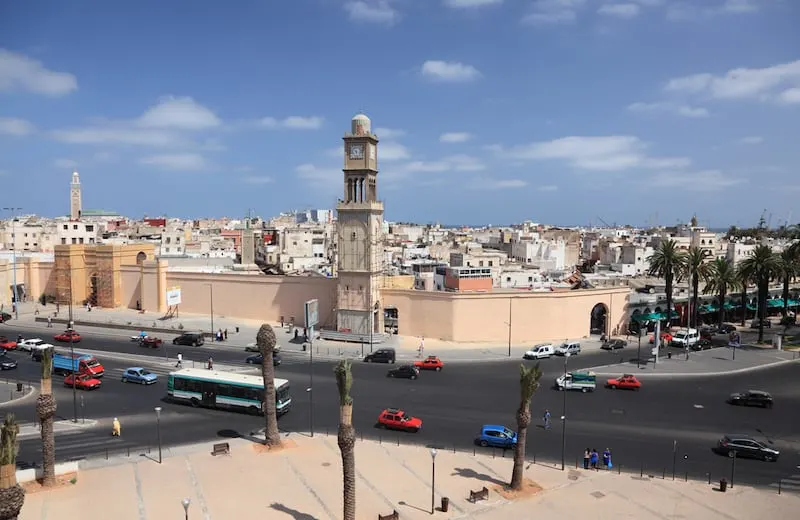
In 2011 the Morocco Mall opened in Casablanca, it’s the second-largest shopping center in Africa and rumors started almost immediately that the mall was haunted. There’s a mausoleum nearby and others have said a cemetery was razed to put the mall on top of leading to the appearance of ghosts and other unnatural happenings. Others dispute this claim and say that it’s only a rumor put forth to detract from the success of the mall and its operations.
If you’ve heard of The Caliph’s House, a book by author Tahir Shah then you’ll wonder what other houses in Casablanca might be playing host to jinn. The book brings to light Moroccan beliefs in jinn and the supernatural through the story of a family move to Casablanca and renovation of an old home. Are there really jinn or are jinn simply being blamed for things?
You can’t spend the night here but check out this video tour of the house if you’re curious!
Agadir
In 1960 there was a major earthquake that destroyed much of the city of Agadir. Subsequently many lives were lost There are two royal palaces in Agadir. One in the city and one outside. The later was built after the earthquake. There are conflicting stories about which one is haunted – and truthfully for outsiders you’ll never be able to visit either as access to palaces is restricted.

One story is that in the old palace, before the earthquake Mohamed V heard music playing at night when no one was there and thus built the new palace.
Another story is that both of the current palaces were actually built by Hassan II (father of the current king). The “old” palace was built after the earthquake but possibly on top of an ancient marbout (a Sufi holy shrine). The other palace is located in Bensergaou (an area of Agadir) and was built after the royal family and staff experienced ‘djinn activity’ in the “old” palace. Previous employees have been reported to state they’ve seen things being thrown, noises in unoccupied areas and lights flickering. If you’re planning a visit to Morocco in November, these intriguing stories add a layer of mystery to the exploration of these historic sites.
Meknes Kara Prison
This prison was built in the 18th century by the notorious Moulay Ismail, arguably one of Morocco’s cruelest and most tyrannical rulers. The prison has no door, it is completely underground and while hundreds (thousands?) of people have been imprisoned here, no one ever left. There are several holes that exist from the top of the prison. People were thrown into the prison from the holes and food delivered the same way.
No one even knows the exact size of the prison; some say that it encompasses the entire underground of the city of Meknes. It is full of passageways and maze like structures meant to confuse and prevent anyone from even trying to escape. In the 1990’s a team of French explorers attempted to map and explore the prison with the help of modern equipment. They went in but disappeared and have never been found. For those interested in visiting this eerie site and other fascinating locations, consulting Morocco destination guides can provide valuable insights and help you uncover the rich and mysterious history of this captivating country.
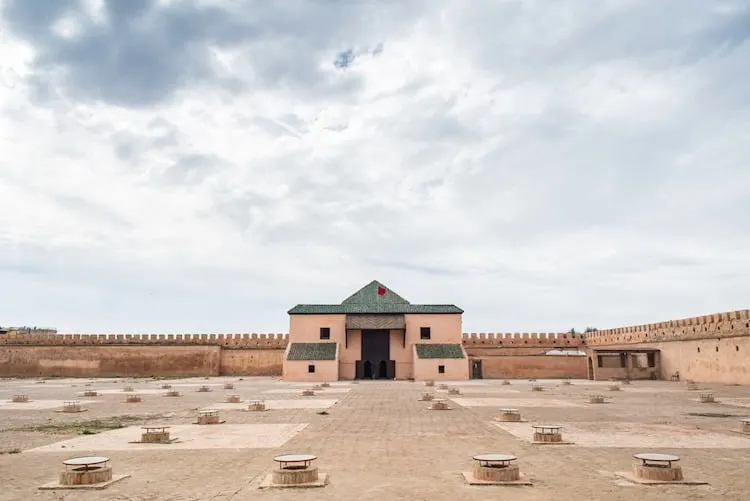
Today you can visit one room of the prison that has been left to view. The rest of the passageways have been sealed off. With a history like this, it’s no wonder many people believe it is haunted.
I was also told that nearby the mausoleum of Moulay Ismail there is a well. The ring that Moulay Ismail wore is at the bottom of this well and if you look over the edge into the water you will see something terrifying. What it is, I wasn’t told!
Moulay Ismail had a very bloody reign. It is said that as many as 30,000 people were killed by his hand through slavery, imprisonment and forced labor. In the book White Gold, an escaped British slave recounted that when people died building the 45 kilometer long walls of the city, they were simply thrown into the walls and entombed.
Ifrane’s Ben Smim Hospital
This abandoned hospital is actually between Azrou and Ifrane and hasn’t been in operation for many years. Originally it was built by the French as a sanatorium for tuberculosis patients. The 40-acre complex was built in 1948 with 400 beds and received patients from all over the world. In 1965 the Moroccan government took over the administration and by 1975 it was shuttered. People who have visited the abandoned site report having had stones thrown at them (although no one else is there) among other eerie feelings and happenings. There are talks that the buildings may be rehabilitated to serve another function but for now it remains as it was left.
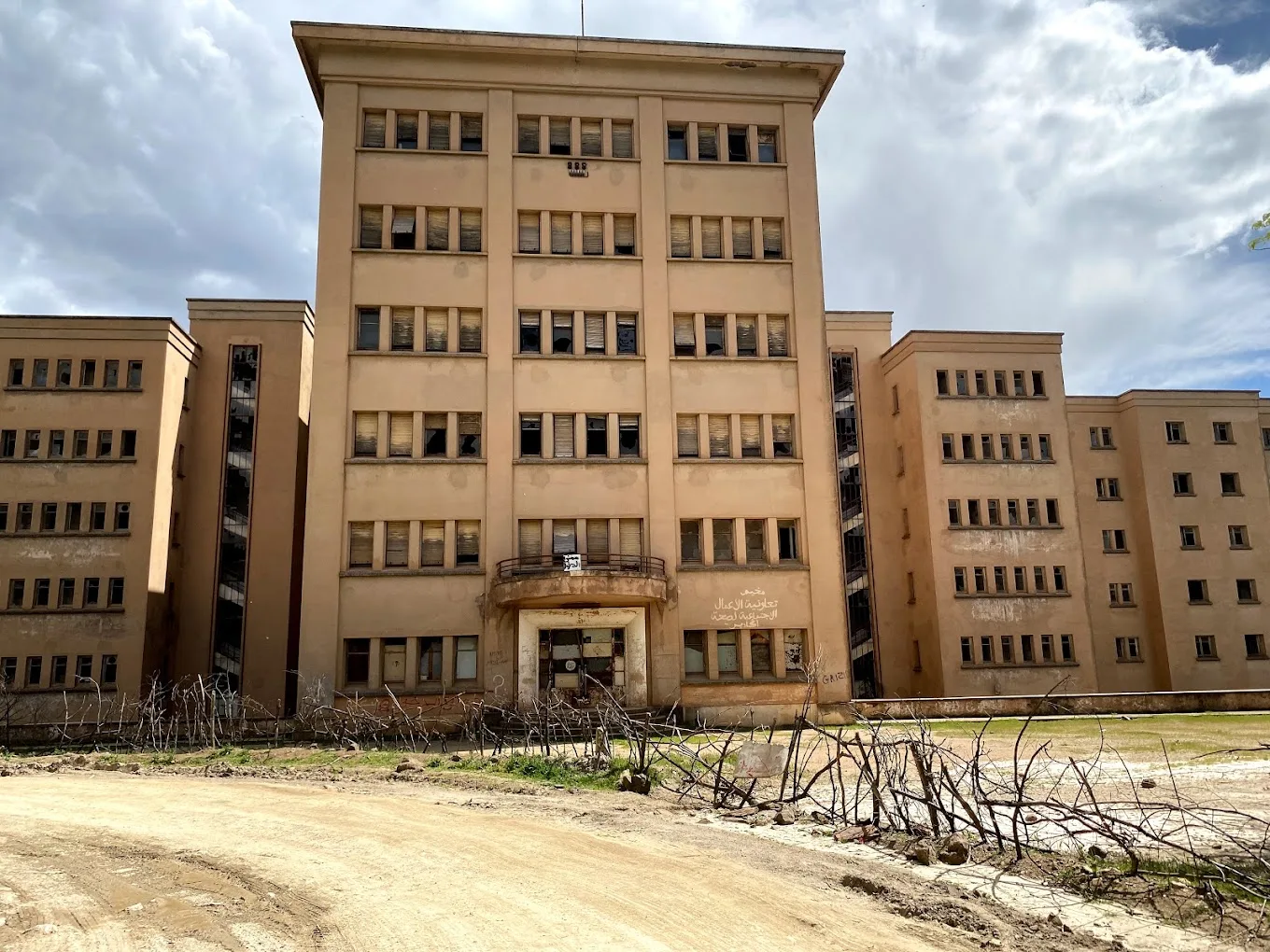
The hospital is off-limits to visitors so while you may be able to view from the outside, I wouldn’t suggest attempting to go in.
Other rumors suggest that perhaps the Michlifen hotel, Ifrane’s 5-star beauty might also have supernatural happenings. Ghost sightings and strange slamming doors have supposedly been reported. You could always spend the night and see for yourself!
Sefrou
Sefrou is located in northern Morocco not too far from Fez. It was a crossroads for Jews and Muslims and is one of the villages of Morocco that had always had a very high Jewish population. This was true even through Moroccan independence when 1/3 of the population was Jewish. In the 1960’s and 1970’s (after Moroccan independence) most of Morocco’s Jews left for Israel. As was the case in many Moroccan cities families sold their houses for very cheap and left behind a lot of their belongings as they were unsure what would happen with Morocco’s new independence.
Some people believe that the old Jewish houses in Sefrou are haunted by the dead ancestors of the people who left to go back to Israel, because their souls can’t find their descendants. It could be true or it could be a story told as part of the oral history retelling the loss of a major part of Morocco’s population.
This video clip is from a 1997 documentary called “The Promised Land” and shows a Jewish orphanage in Sefrou and the boys that called it home around the 1950’s.
Visiting Morocco in October provides a unique opportunity to explore these historical shifts and understand the rich, multicultural heritage of the region.
Chefchaouen’s Old Prison
Located in the kasbah of Chefchaouen, there are rumors that the old prison is haunted. Today it can be visited as a tourist attraction with the shackles still left in the walls. The prison is part of the ethnographic museum and there are 11 towers you can also climb for views of the city before heading to the prison passageways.
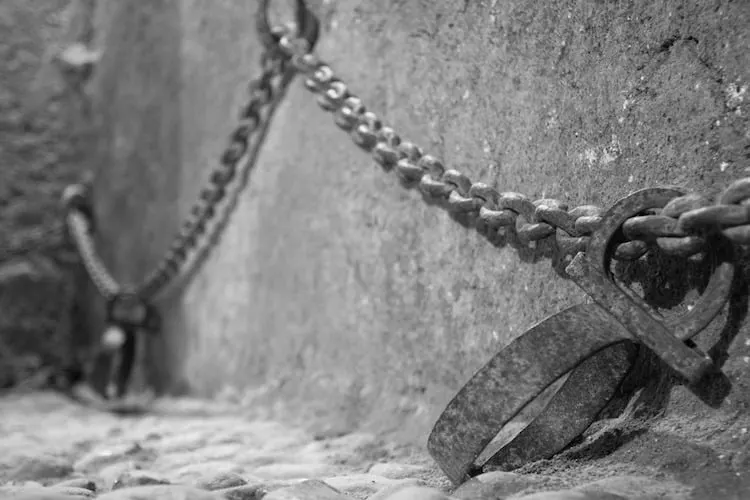
Marrakech Glaoui Kasbah House
My husband grew up in the kasbah of Marrakech and there was always one house he and his friends would avoid. The house was shuttered and never lived in for as long as he can remember. There are/were a lot of rumors about this house. The story that we were told was by an elderly friend of the family who lived her whole life in this neighborhood.
She told us that the house was originally run as a brothel in the early 1900’s until the madam who ran it was imprisoned and the house was bought by a male family member of the pacha of Marrakech, Thami Glaoui. The new owner would have wild parties in the house with foreign women and lots of alcohol. People believed that he would kill some of these women and bury them in the house. Whether this is true or just a story to scare people away no one knows.
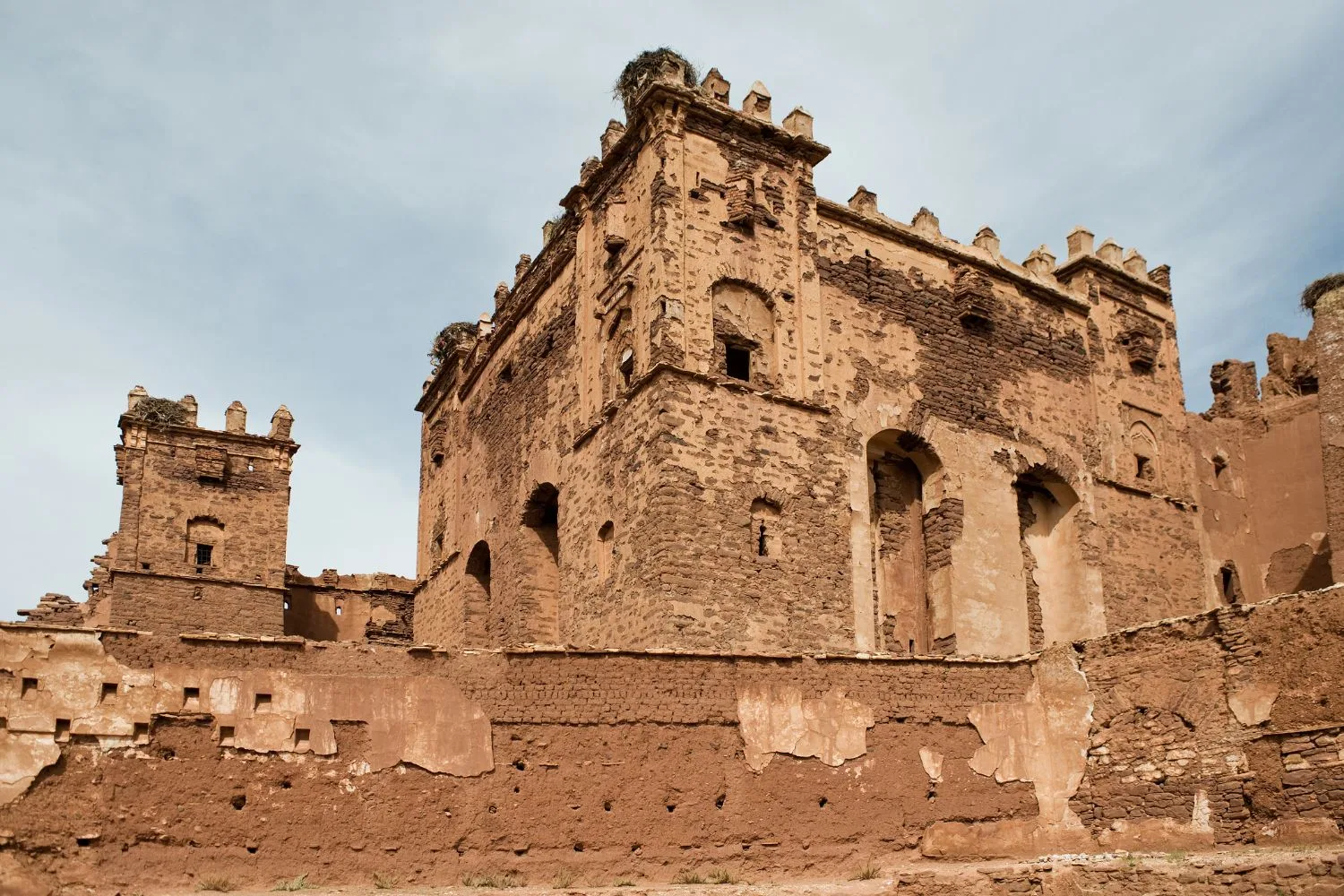
Eventually, the man lost all his money through the lavish parties and alcohol, ending up destitute, homeless and relying on his neighbors to care for him. The house was sold on to another person and used for some time. Our family friend has spent nights in the house and claims there was a large bathroom in the property that everyone was afraid of. This family abandoned the house (for unknown reasons) but afterwards lights would be on at night when no one was inside or that when you would knock on the door it would simply open even though it was locked tight.
My husband tells stories of being kids and daring each other to get close to the house or knock on the doors. No one really knows for sure what went on inside or what remains.
Are you planning your trip to Morocco and need help? This explorer guide is exactly what you need! Answer all your questions and craft an itinerary that will ensure you hit the highlights while also navigating a new culture.
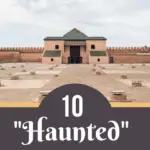
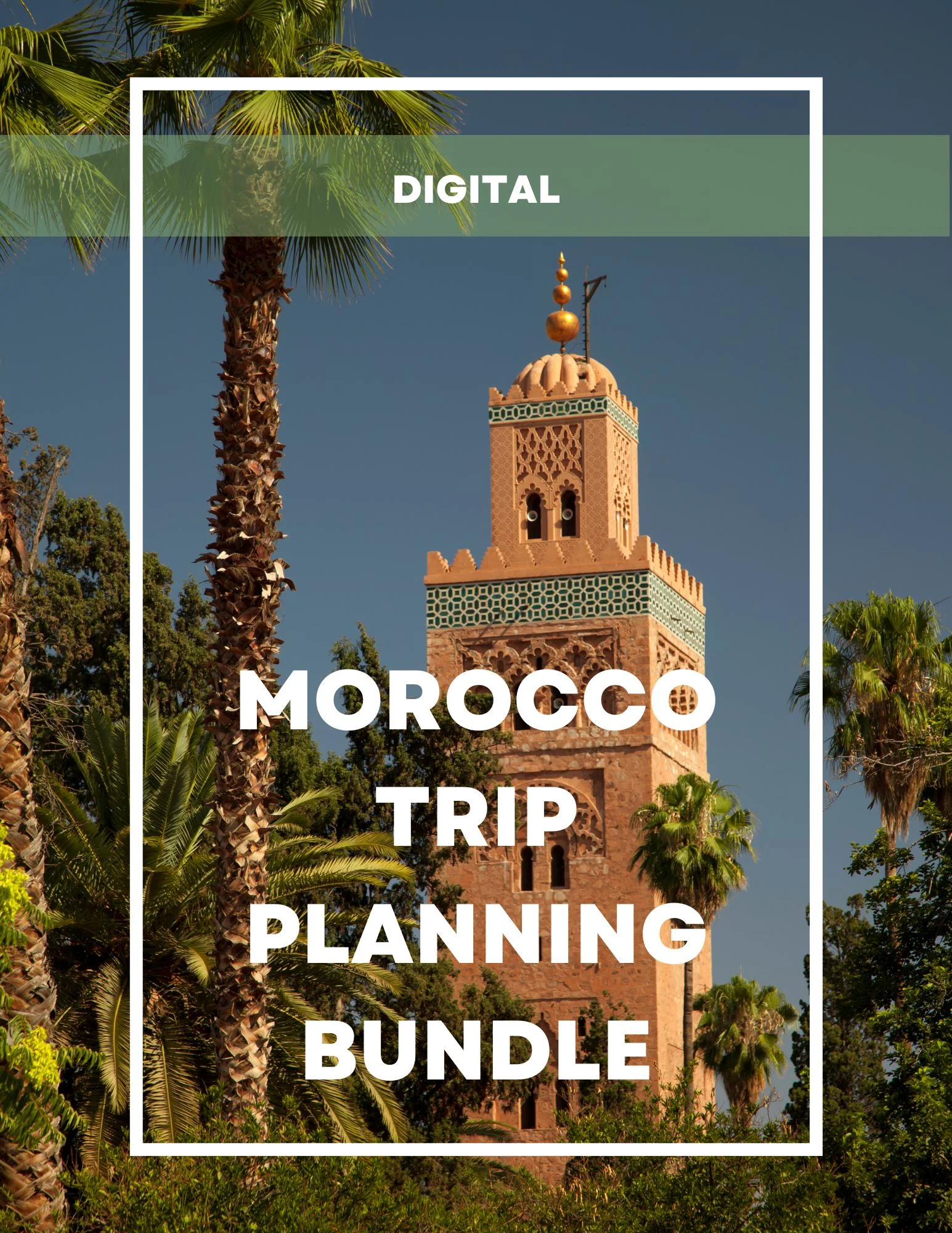
Mary
Monday 31st of October 2022
Fun read, thank you and happy halloween